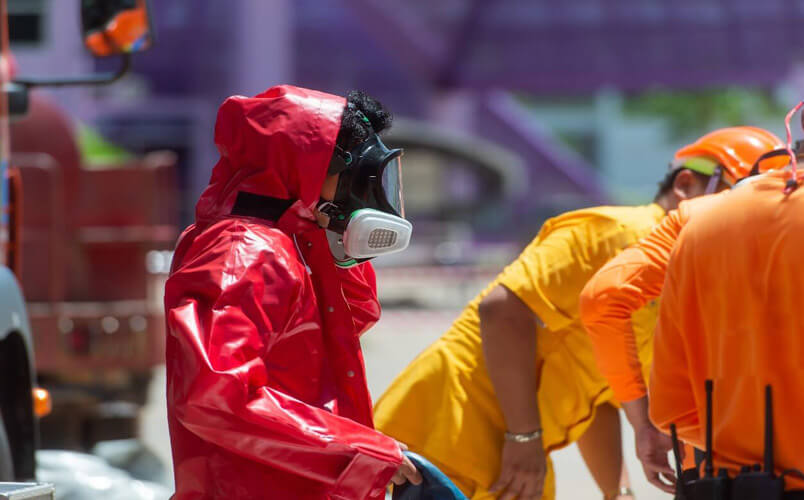The distinction between an incident, an accident, and a near miss is substantial. Although they have very different meanings, these words are frequently used interchangeably. The distinctions between these three terms will be covered in this blog article along with illustrations. We’ll also go over how crucial it is to report close calls so that we may learn from them and avoid future mishaps.
There are some significant distinctions between incidents, near misses, and accidents. Let’s examine each term’s definition one by one.
How do accidents occur?
Accidents are occurrences that result in harm or destruction. They frequently happen quickly and without prior notice. Car accidents, slips and falls, and industrial mishaps are a few examples of accidents. Carelessness, negligence, or a lack of information are all potential causes of accidents. When an accident occurs, it is crucial to accept responsibility for the results and take action to prevent future occurrences of the same catastrophe.
Accidental examples include:
- An automobile accident caused by a distracted driver.
- A ladder fall was caused by a lack of safety gear.
- A workplace accident brought on by incorrect equipment use.
How do incidents Occur?
Events known as incidents have the potential to harm or inflict property damage but do not always do so. This can involve a worker slipping on a wet floor or a car sliding on a wet road. Unsafe conditions or negligent actions might lead to incidents. Even though they might not be harmful, they can nonetheless serve as indicators that, if the problem is not resolved, something more significant might occur.Worker’s awareness is imperative for timely reporting of the incidents to avoid serious health and safety accidents.
Incidental examples are as follows:
- A moist floor causes one to slip.
- Dropping something from a great height.
- A vehicle sliding on a slick road.
- A worker enters a dangerous place without the necessary safety equipment.
How do we define a near-miss?
A near-miss is an incident that almost resulted in harm or destruction but didn’t because of prompt action or good fortune. An example of this may be someone stumbling over a box and almost falling but catching himself. Near misses are frequently disregarded because there was no harm done, but we must report them to learn from the incident and take preventative measures going forward.
Near-miss examples include:
- Stumbling over a box and stopping oneself from falling.
- Car brakes just in time to avoid colliding with another vehicle.
- An employee almost enters a dangerous region without the necessary protective gear.
To take the required precautions to avoid accidents, it is crucial to distinguish between incidents, near misses, and accidents.
The Key distinction between near-misses, incidents, and accidents
- Incidents have the potential to cause injury or property damages, near misses have the potential to nearly cause injury or property damage while accidents cause damages and fatal injuries.
- Carelessness, negligence, or a lack of information are all potential causes of accidents. Unsafe conditions or reckless behavior can result in incidents, and near misses are frequently disregarded because no harm was done.
- Accidents should be documented so that measures can be taken to stop them from happening again; incidents should be handled to stop them from getting worse; and near-misses should be reported to identify hazards.
- Accidents should be taken seriously, situations should be handled quickly, and near-misses can teach us important lessons about how to avoid such mishaps in the future.
- While events may have some warning indications and near misses are typically the result of luck or prompt intervention, accidents frequently happen suddenly and without notice.
In order to prevent similar occurrences in the future, it is imperative to distinguish between accidents, incidents, and near misses. Reporting the near-misses and learning from them enables you to minimize the occurrence of accidents.








